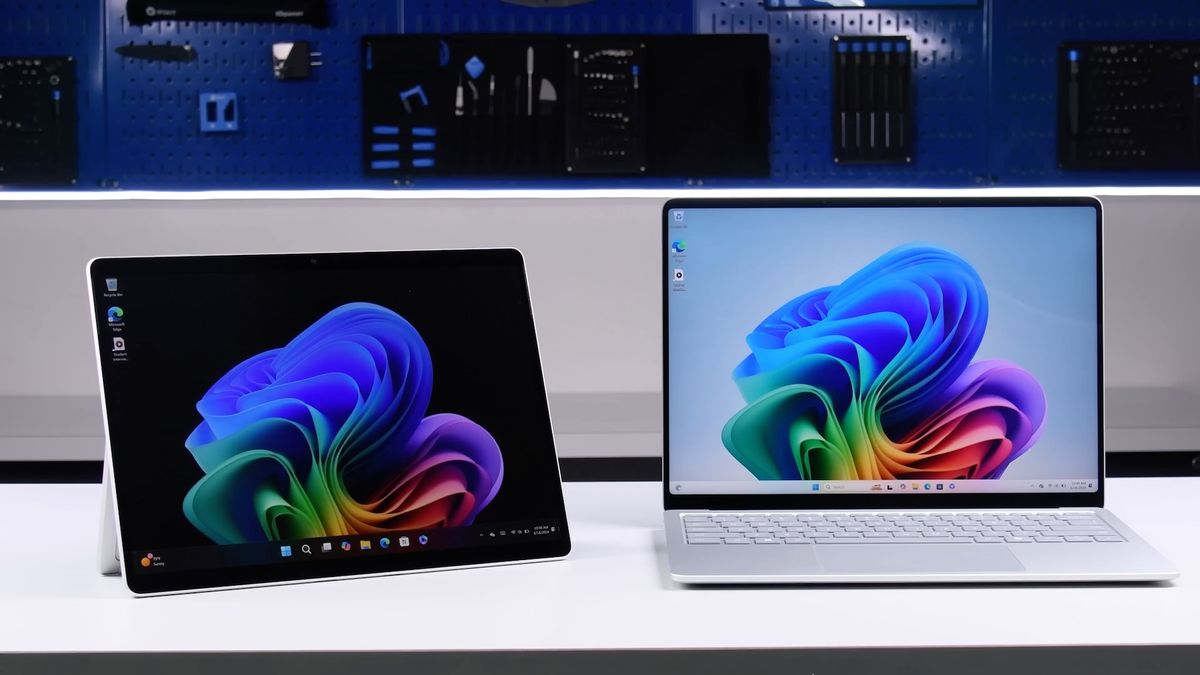Dubbed Automatic Super Resolution or Auto SR, this function will debut in Windows 11 with the first computers with Copilot+ certification, allowing you to improve the resolution and fluidity of all types of games without the need for them to be specially adapted for this technology, unlike what happens with FSR, XeSS or DLSS.
A particularly interesting detail about Auto SR is that Microsoft uses the NPU of Copilot+ compatible computers to process the AI graphics enhancements. This allows images to be scaled from lower resolutions (Microsoft focuses its examples on games from 720p to 1080p and 1440p) with minimal development cost, since there is no need to "train" an AI or modify the way the image is rendered. and avoid purchasing graphics cards from a specific brand. In return, Auto SR adds an average latency of one frame (which would be quite manageable).
According to Microsoft, Auto SR also provides higher quality than non-AI upscaling solutions such as NIS (Nvidia) and Super Resolution (AMD), which may also require a more complex configuration.
The universal operation of Auto SR makes it possible to apply intelligent AI scaling even in existing games, although for now Microsoft will only allow its automatic application in 11 previously tested titles to "improve visual quality, frames per second, or both, in compared to rendering them natively at 1080p." They are the following:
According to Microsoft, other games could cause problems. The idea is to expand this initial list to a 100% compatible titles over time, but the company will also give the option to force Auto SR on behalf of the user. The Works on Windows on Arm site already has an extensive list of games where you can check the correct operation of Auto SR (Shadow of the Tomb Raider and Skyrim SE, for example, work as opt-in).
Auto SR will only work on devices certified for Copilot+, which in practice means that, at least initially, they will be computers based on Snapdragon which will soon be joined by other machines apart from those from Qualcomm.

 support.microsoft.com
support.microsoft.com
A particularly interesting detail about Auto SR is that Microsoft uses the NPU of Copilot+ compatible computers to process the AI graphics enhancements. This allows images to be scaled from lower resolutions (Microsoft focuses its examples on games from 720p to 1080p and 1440p) with minimal development cost, since there is no need to "train" an AI or modify the way the image is rendered. and avoid purchasing graphics cards from a specific brand. In return, Auto SR adds an average latency of one frame (which would be quite manageable).
According to Microsoft, Auto SR also provides higher quality than non-AI upscaling solutions such as NIS (Nvidia) and Super Resolution (AMD), which may also require a more complex configuration.
The universal operation of Auto SR makes it possible to apply intelligent AI scaling even in existing games, although for now Microsoft will only allow its automatic application in 11 previously tested titles to "improve visual quality, frames per second, or both, in compared to rendering them natively at 1080p." They are the following:
- BeamNG.drive
- Borderlands 3
- Control
- Dark Souls III
- god of war
- Kingdom Come: Deliverance
- Resident Evil 2
- Resident Evil 3
- Sekiro Shadows Die Twice
- Sniper Ghost Warrior Contracts 2
- The Witcher 3
According to Microsoft, other games could cause problems. The idea is to expand this initial list to a 100% compatible titles over time, but the company will also give the option to force Auto SR on behalf of the user. The Works on Windows on Arm site already has an extensive list of games where you can check the correct operation of Auto SR (Shadow of the Tomb Raider and Skyrim SE, for example, work as opt-in).
Auto SR will only work on devices certified for Copilot+, which in practice means that, at least initially, they will be computers based on Snapdragon which will soon be joined by other machines apart from those from Qualcomm.

Automatic Super Resolution - Microsoft Support
Automatic Super Resolution is the first OS-integrated AI technique where your games not only play better but look stunning too!
Last edited:

